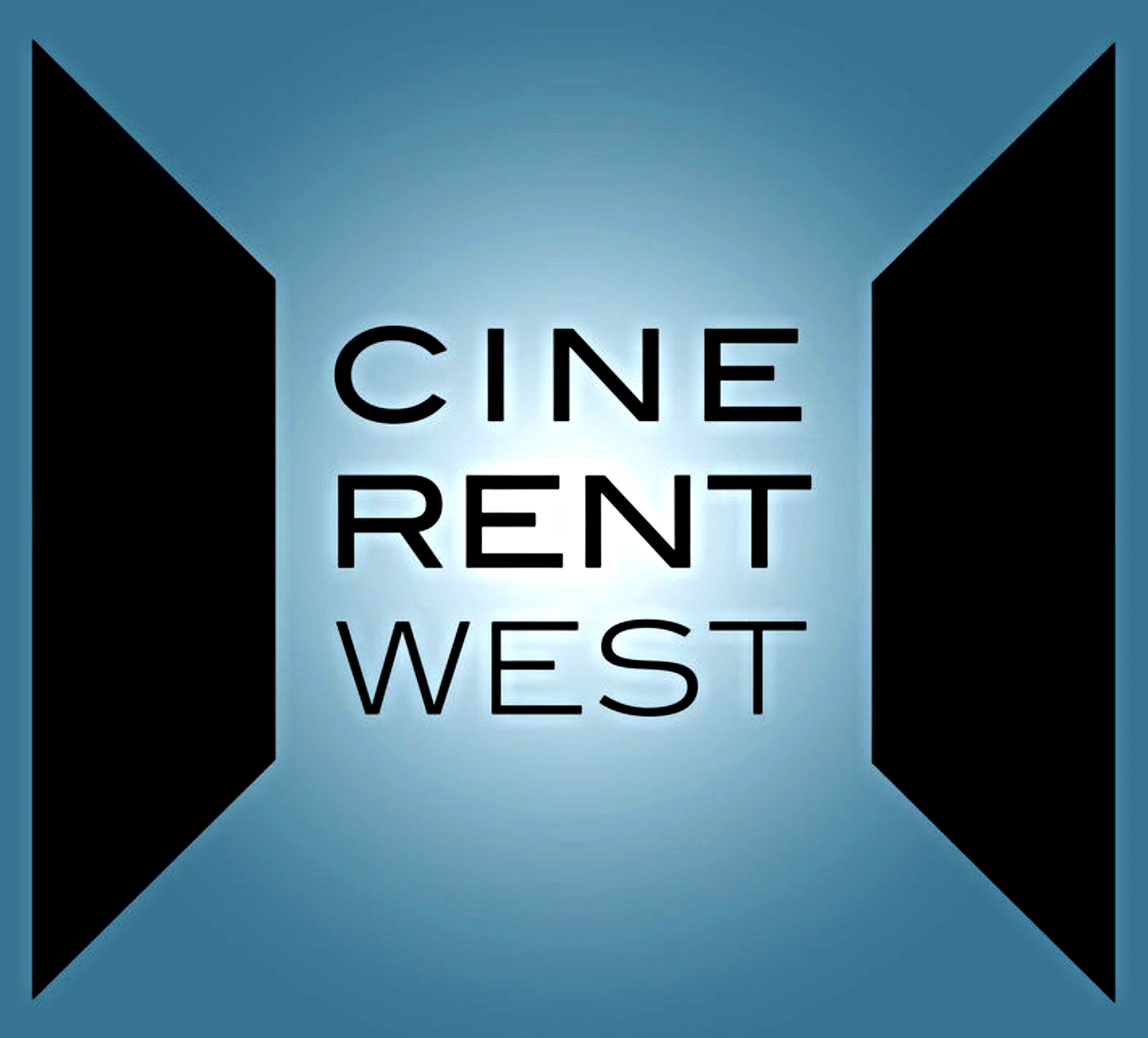Set Pieces: Jeff From DOA Explains Why Business Is Good Right Now
/Ah, the crisp air of autumn.
The leaves are turning color.
Opera season has started up again. And this year we are definitely starting Abdrazakov at baritone on our fantasy team.
The kids are back in school. New backpacks. New teachers. New locker combinations to forget.
Speaking of back-to-school, we were remembering the Fred Meyer spot we worked on a while ago, which featured a ten foot long pencil. It looked like something the Jolly Green Giant would use to take the SAT.
In the TV spot a group of small children carry the the oversize prop past the camera like a cohort of Roman infantry shouldering a battering ram.
Some of you might say, "Well that's a fitting metaphor for our educational system."
But our first thought was, "Cool. A giant pencil. I wonder who made THAT?"
It turns out that it was created by the guys over at Department Of Art (AKA DOA), which has become Portland's go-to resource for sets and big custom props--the mise-en-scene, for you film school grads.
HOW WORK GETS DONE AT PORTLAND'S LEADING SET COMPANY
Between its three principals, Ben Hayden, Chandler Vinar, and Jeff Johnson, DOA boasts a substantial resume of big name clients.
From national brands like Nike and Jose Cuervo to major motion pictures like Catch Me If You Can, Twilight, and Seabiscuit, to series work for The Librarians, Leverage, and Grimm.
While that's all pretty impressive, the reason we wanted to talk to them was to find out how they've been able to grow their business in an environment where budgets are being cut and the option of just shooting on a green screen with a digital set has become much more feasible.
We tracked down Jeff Johnson, who has the title of Program Lead at DOA, but is experienced in every aspect of production planning, design, fabrication, and setup.
Though Jeff went to film school at Montana State, he says that the experience that best prepared him for a career in set creation was his twelve year stint as a professional furniture mover.
And that's because real sets have a physicality. Yes, it sounds like a tautology (look it up). But experienced directors know that talent simply gives a better performance when they are interacting with a set that's real.
In the recent Jungle Book movie, which was produced almost entirely through CGI, director Jon Favreau shot on little slices of a realistic, physical set for the benefit of Neel Sethi, who played Mowgli.
Our favorite negative example of this is how the absence of physical raptors spoiled this otherwise Oscar-worthy scene in Birdemic.
HOW TO GROW YOUR BUSINESS AS BUDGETS SHRINK
DOA, which the three partners started in 2012, entered the production business at a challenging time. In just the past four years Jeff says they've seen a notable tightening of budgets.
"There are no more nine day shoots," he says. "Budgets have gotten smaller. But clients still want better quality."
Actors aren't the only ones worrying about the way the new super def cameras show every wrinkle. Jeff says that shooting at 4K also reveals tiny flaws in the set.
In the old days of NTSC video you couldn't see the seams where the flats of the set joined together or the way that the wood grain would show through the paint on the luan plywood used to build walls for interiors.
In both cases DOA has developed special techniques to make their sets look flawless on today's cameras. One method is known as "buttering up," yet does not involve actual butter. (That's all we're giving away for now.)
So how has DOA managed to grow while budgets shrink and clients demand better work? They've become creative in how they deliver their creative.
For starters, they've gotten very good at budget-based pre-planning. Before a single nail is driven, they can tell you if your set idea is going to be feasible, and ensure that it's going to be profitable for them.
Secondly, they've met the need for film and TV productions that don't have the budget to set up their own art department. So DOA becomes their on-demand art department, building and setting up sets as needed. Right now they're filling this role for Steve Buscemi's current film project Lean On Pete.
Finally, they've found ways to monetize their excess capacity. Their set design and building skills are directly applicable to special retail and event projects. What's a big, fancy in-store display except a set for customers to walk on and interact with?
Additionally, they've made their space and tools available to independent set and prop builders to come in and fabricate all kinds of creative projects.
WHY SETS WILL ALWAYS REQUIRE DECENT BUDGETS
Digital effects are scalable. You create one CGI teddy bear riding a unicorn and you can keep cloning him until you have a whole army.
But you can't CTRL+ALT+SHIFT+C sets and props. Building two living room fireplaces is going to cost twice as much as building one fireplace and take up twice as much space.
As we like to say in the industry, "It's going to cost what it's going to cost." That's good for budgets, because there's no way drive the price below a certain threshold.
As long as we in the creative community and our clients continue to recognize the power of "real" for better performances and more compelling videos, there will be a market for skilled set designers and fabricators.
And each fall we will continue to see little children marching off the school with gigantic pencils on their shoulders.


